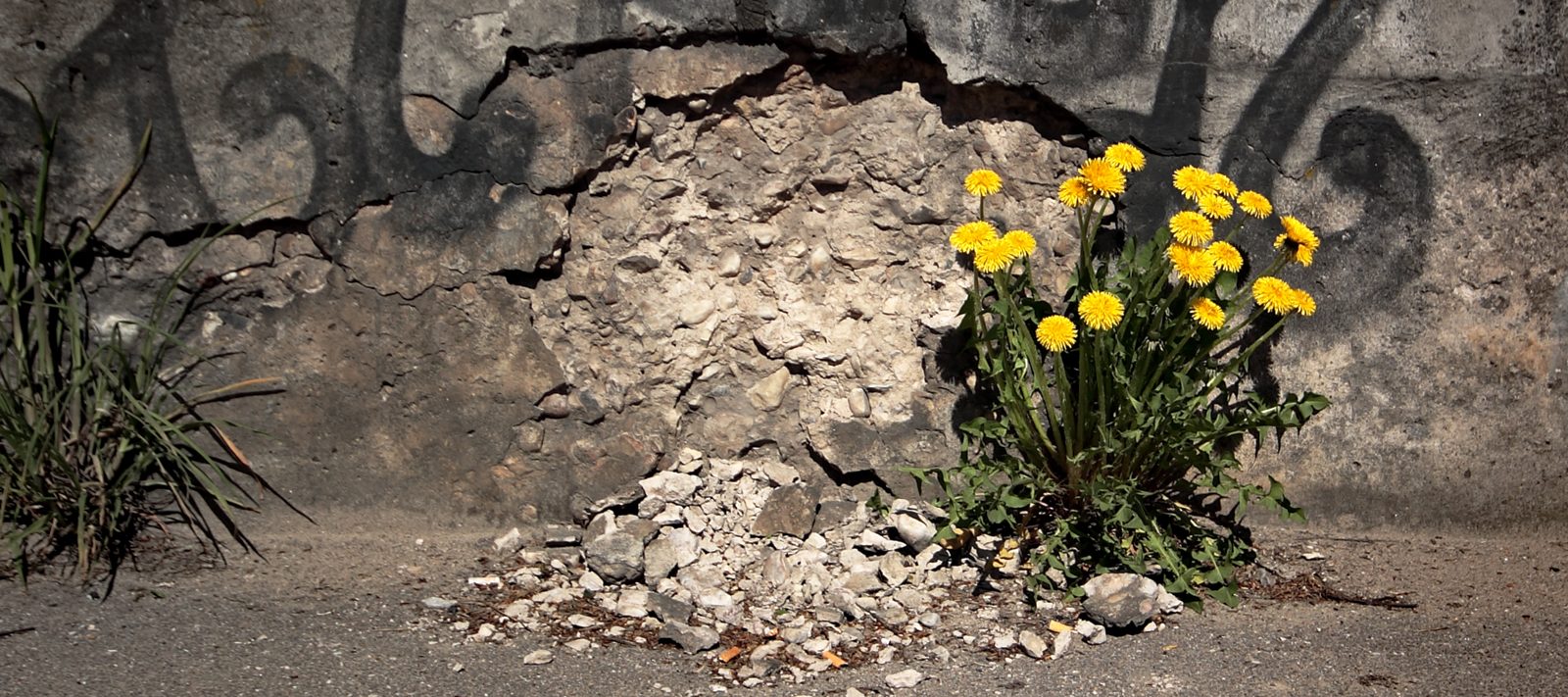Jerky Boy

I’d like to get to a point where I no longer need electric refrigeration; I can either store my food in a root cellar, dry it or can it. I haven’t much experimented with drying meats until Penny asked me to make her some deer jerky so she would have something to snack on at work. With plenty of deer meat still in the freezer, I thawed out a ham, cut the meat from the bone and scraped the small amount of sinew from the meat to dry for making string.
Once I had some solid chunks of meat I decided to play with my stone tools and see how they fare in comparison to my sharpened, modern knife. I had an obsidian edge that I knapped a while ago and a simple flake knife made from river stone. I also needed a meat tenderizer, so I grabbed my trusty “spalling” stone that also doubles as a bow-drill hand hold.

In this video you can see how easily even the dull river rock flake knife can cut the meat.
[youtube UNjzbDc1ffs]
After you cut the meat into little strips you’ll want to flatten them a bit by smashing them with a rock or something. Don’t hit them to hard because you’ll pulverize them. Remember, you want strips not bits.
[youtube GDUFyCyx22M]
Next I marinate the meat in a mix of sauces and leave it overnight. Everyone has a different sauce, some people only use salt water, while some people use no sauces at all. Salt can dehydrate you on the trail so you can make just plan dried jerky for back-packing and that kind of outing. It won’t preserve as long, but if you store it in a cool dry place it will last a while.

After marinating over night I put the meat in my dehydrator for the day. You can also put it in the over at like 150 degrees for 8 hours or so. Primitively you’d hang it near a fire for warm and air flow to dry it out and also smoke it.
A few hours later…

—
Show your support and appreciation for Urban Scout



This is how I’ve made jerky (though using a knife, not the nifty stones you have), but then I was told that you need to use sodium something-or-other (nitrate?) to safely preserve it, or you need to cook it just till 160 degrees prior to dehydrating. Do you worry about food safety?
Nitrates shmitrates. People have done this for millions of years without nitrates. Right? I don’t know. I guess it depends on how fresh it is.
Ah, Deer. The bones looked so small in the pic!! It does look yummy. Yeah, I know others who do this without nitrates, too, Scout. Now I will go to sleep wondering what this tastes like, wishing I can taste it at least in my dreams!!! Thanks for the story! Here’s to the future of non-electric refrigeration…
I’ve been following your website for some time now and really enjoy it. I think I got your link off the Zerzan webpage, I’m not sure. Even though I hadn’t made any entries, just wanted you to know that your efforts are much appreciated and your webpage is a true public service!
While I am no where near as far along the path to self sufficency as you are, I live in Alaska and am trying to simplify my life more each year (beyond being a non-mainstream, non-middle class, anti-capitalist anarchist… on my way to being an anarcho-primitivist!).
Anyway, thanks again for providing an inspirational and very informative webpage.
Thank you.
Doug.
my family recently started making our own jerky, and man, are we addicted! 🙂
from what i understand, the really important parts of preventing spoilage are:
1) NO WATER!
and
2) Preventing initial bacterial growth while getting rid of said water. Salt is traditional and works very well, but there are other alternatives. i made one batch that i marinaded in soy sauce, minced garlic and paprika. admittedly, the soy sauce had some salt, but nowhere in the quantities usually recommended for jerky. the antibiotic abilities of the garlic and paprika appeared to control initial growth well enough. that batch is gone now, but it seemed to keep well, despite the low quantity of salt.
i look forward to reading more about further jerky experiments.
actually, i’m looking forward to making more jerky.
mmm, jerky….
Jerky for humans, jerky for non-humans, yep!
Thank you for yet another wonderful yummy treat suggestion Scout!
in my experience, it’s best to do a good job of removing any fat bits from the meat, or they will go rancid. also, I’ve repeatedly heard that the meat shouldn’t get anywhere near cooking temperatures, or you’ll be inviting bacterial growth. you can still do it well in the oven, though – on ‘warm’ with the door propped slightly open will make it so dry it’s crunchy. if you want to make it chewier, you need to marinate it in something that will dry ‘sticky’ like sugar. that’s one reason commercial jerky is always has sugar or corn syrup in it. sugar helps delay spoilage during drying.
I always marinate mine in a vinegar soultion. This kills anything that would be on the surface. I understand that e coli can’t penetrate into the meat so you don’t need to worry about it otherwise. I guess this is more common in southern Africa and is known as Biltong.
I also dry mine at a lower temperature. Most recipes have you cranking the thermostat on the dehydrator. Keeping it low, at around 110, preserves some of the nutrients. In Nepal they just hang it outside in the shade. The dry mountain air preserves it almost instantly.